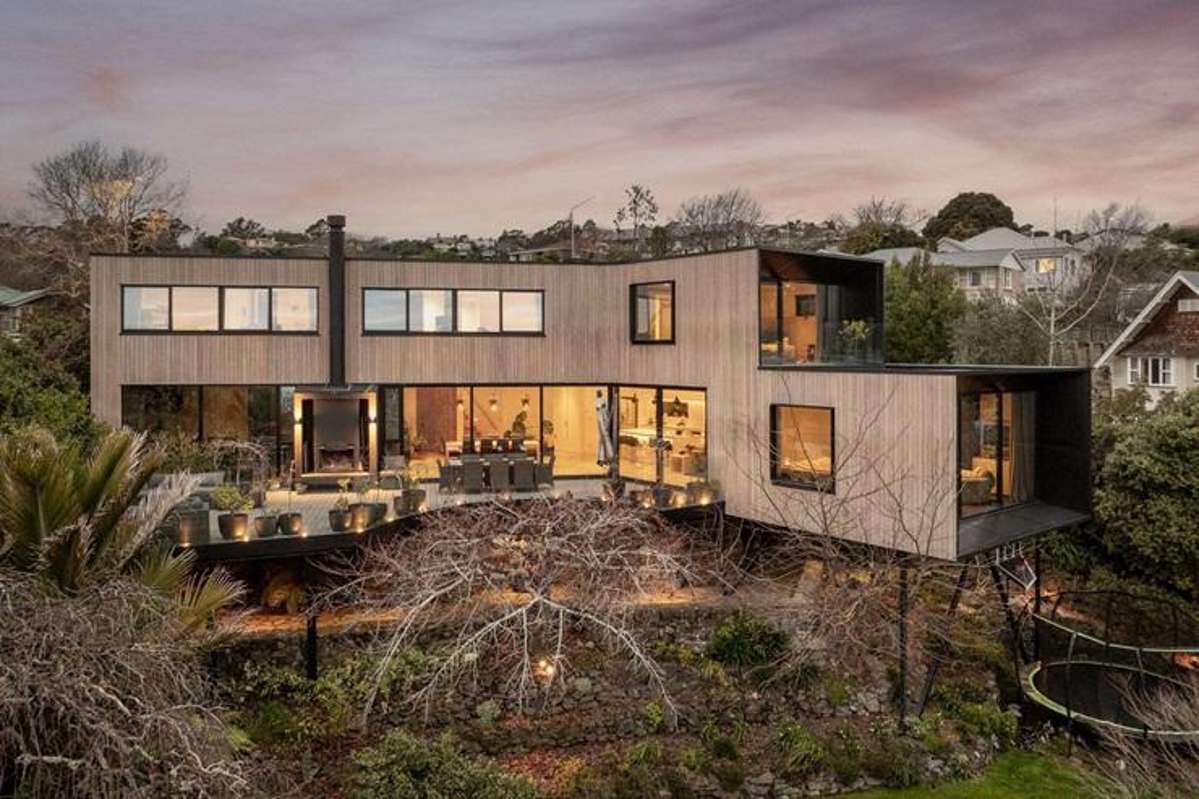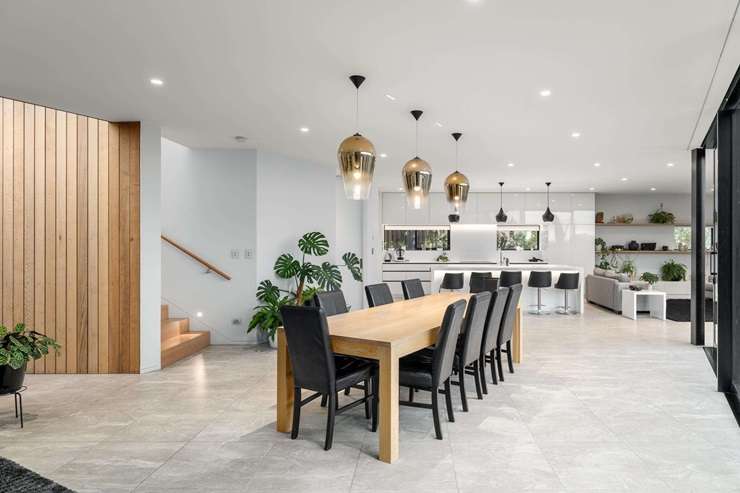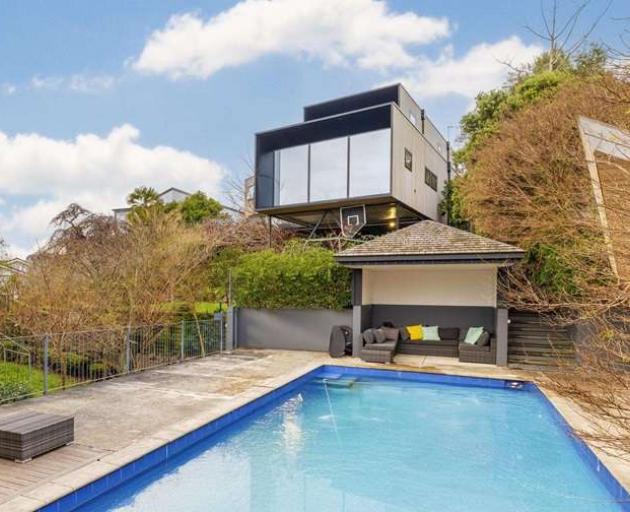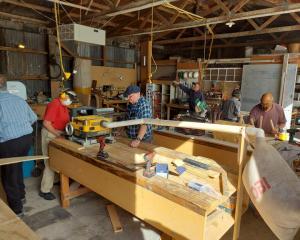
New Zealand Sotheby International Realty agent Joe Laing, who marketed the five-bedroom property on Hackthorne Rd, in Cashmere, told OneRoof the buyers were returning to Christchurch from Marlborough and had made an offer within two days of viewing it.
"It was a quick decision," Laing told OneRoof.
"They’d travelled down from Marlborough, and I believe they’d looked at a couple of other properties in the area.
"They put an offer on Hackthorne Rd, and then there were several weeks of back and forth.
“They’re very, very excited."
He declined to tell OneRoof if the buyer had paid the asking price of $3.05m, but said the sale price was high for the street.

"A lot of the properties in the area are older character villas, with a few from the 1990s or 2000s.
"There’s not a huge amount of modern architecture on that road, so it’s a one-of-a-kind property for the area."

"It’s pretty magical."
The cedar-clad home, which has an RV of $2.55m and boasts panoramic views of the city and the Southern Alps, was built on the foundations of an older building that was demolished after the 2011 earthquake.
The previous house had been designed by pioneering arts and crafts architect Samuel Hurst Seager, whose work in the city in the early 1990s is highly prized but now much diminished as a result of the quakes.
The vendor wanted to pay homage to the original house, so retained the old stonework and the basement, Stuff previously reported.













